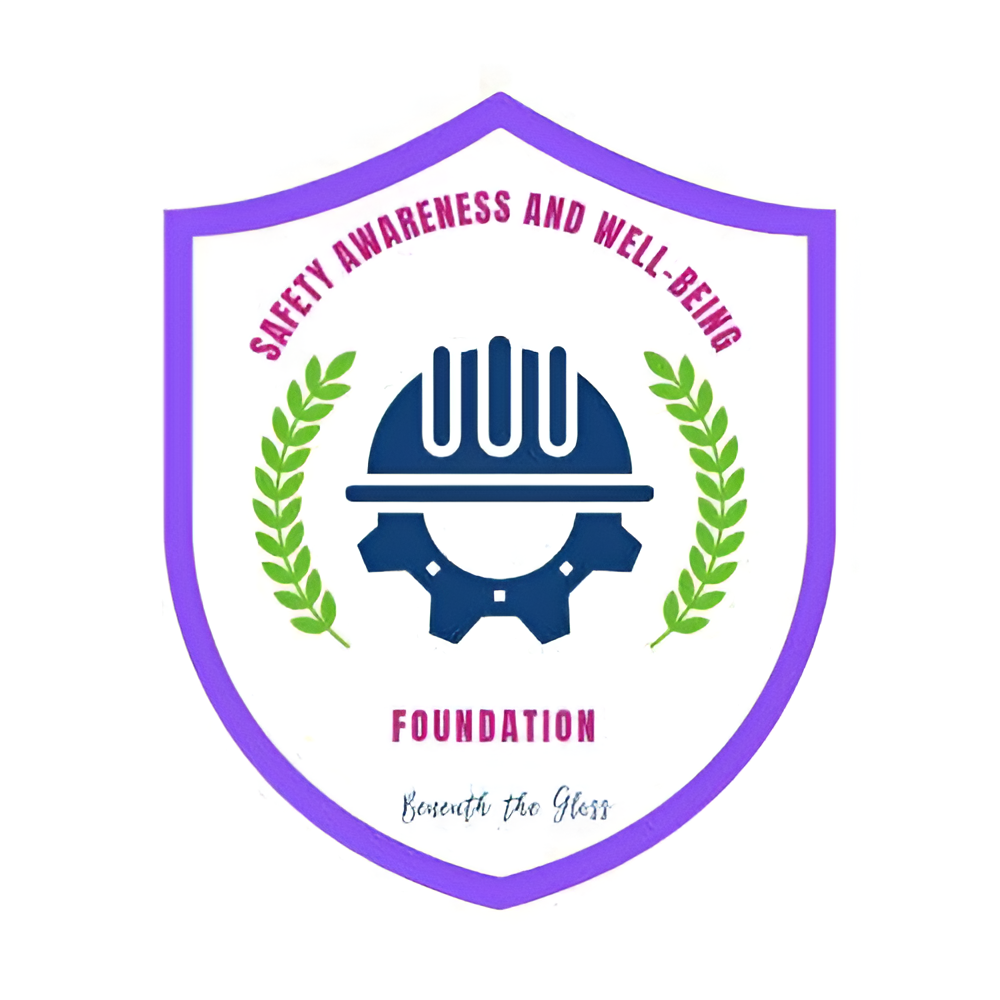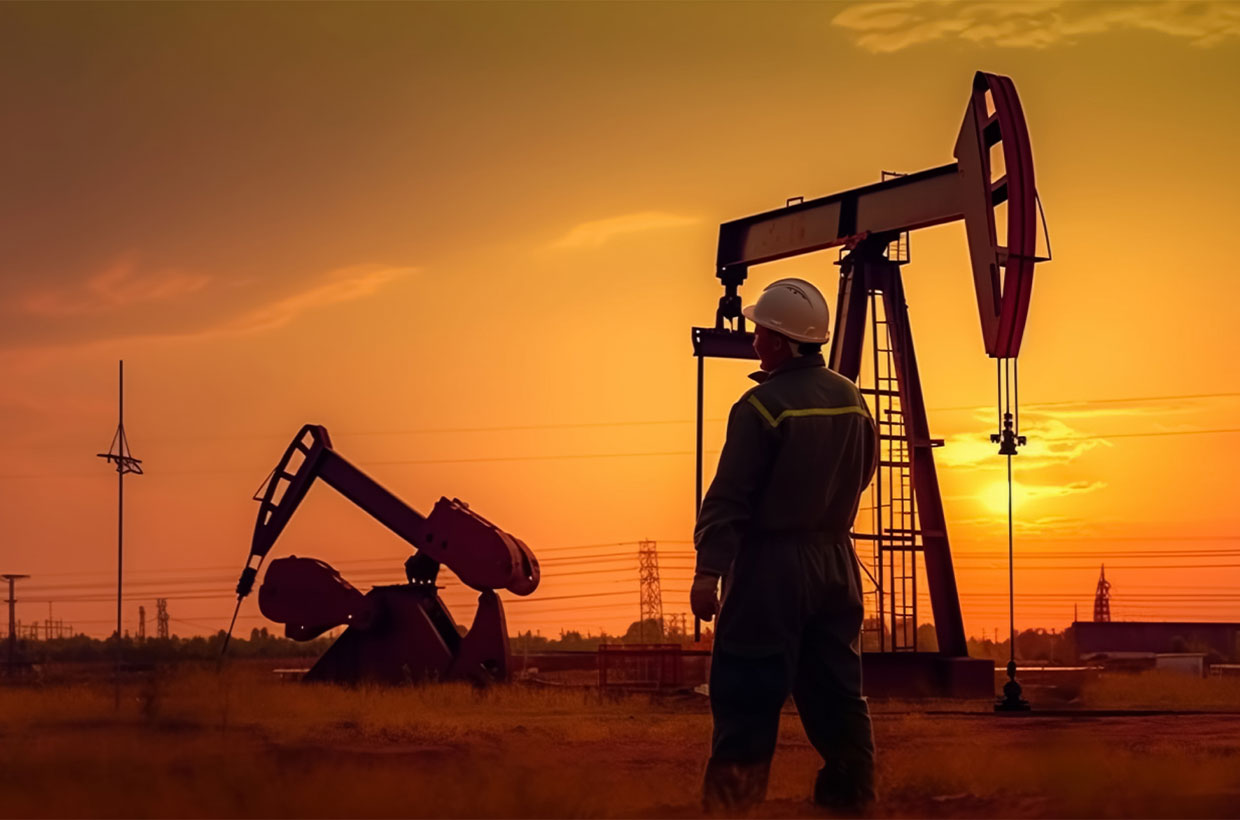Mining can be traced back to prehistoric times. It involves extraction of materials or minerals of economic importance from the earth.
Mining is one of the hazardous occupations known to man. It has been strongly linked to diseases such as silicosis, chronic obstructive pulmonary disorders, cancer, and debilitating injuries from accidents often leading to death. The environment and communities surrounding a mining site are not left out. Water, soil and air pollution are all associated with mining activities. These leave people in the affected communities vulnerable to insecurity, diseases, and poverty.
Unfortunately, in spite of interventions from the World Bank and other international organizations, most developing countries like Nigeria have been unable to successfully implement health, safety and environmental regulations and also protect its citizens from the hazards and human rights violations associated with mining.
It has been observed that there is a negative correlation between natural resources and economic development often known as the “resource curse.” This is the plight of several communities in Africa including Nigeria. Illegal and unregulated mining activities have left most communities with untold hardship, loss of biodiversity and death.
Recent media reports revealed the situation of a community known as Chachi in the Federal Capital Territory, Abuja, Nigeria where the lives of people in the area and their means of livelihood are currently being threatened by the ongoing quarrying activities. The members of the community complain of frequent rock explosions, vibrations, leading to collapse of buildings. There are multiple reports of stones falling on people and too much dust in the atmosphere. We also heard of mass migration of residents from the area as a result of the consequences of the mining activities.
Keys to sustainable mining in protection of environments
Before the commencement of mining activities, it is suggested that the host community should set up committees. The committees would be tasked with the responsibility of engaging constantly with the mining companies to ensure safe operations by the mining companies.
They are to collaborate with these mining companies in ensuring the protection of lives, and means of livelihood even after mining activities are over.
Also, a community development plan needs to be created to ensure the community reaps the social and economic benefits. Section 116 of the Mining Act, 2007 empowers communities to do this. Some of the benefits include health insurance, infrastructure development, continuous environmental monitoring, land restoration plans, compensation claims etc.
Effective engagement ensures community members are informed about proposed projects and their concerns are more readily addressed. It thus contributes to the improved substance and acceptability of relevant decisions making. The process of decision- making is also improved when the public is involved.
There is an urgent need for communities to partake actively in decision making. Communities should also document evidence of illegal activities for future legal action when necessary.
Environmental impact assessment:
Before a mining operation begins, the company must study what the resulting environmental and social effects might be. Control measures to reduce or eliminate adverse impact on lives and environment degradation and its restoration (even after mining activities are shut down) should be stipulated.
Regulatory bodies should monitor mining activities and ensure there is full compliance with the applicable laws and regulations.
With the advent of green technology in the promotion of sustainable mining, mining can be done in ways that are less destructive to workers and communities. It is projected that by 2030, 90% of mining activities would be done by machines. Although there would be thousands of job losses, millions of lives would be saved and impact the environment positively.
At Ducias (Health & Safety Professionals), we understand the need and how to implement strategic methodologies and measures to guarantee the health and safety of communities during mining activities.

